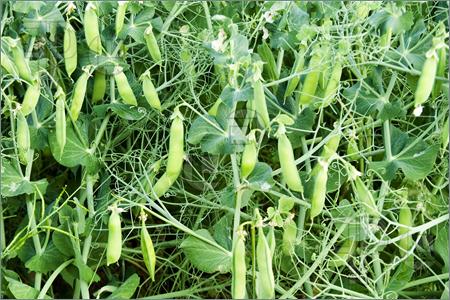 As cropping seasons determine what yields farmers will get due to the amount of rain, farmers are alternating maize cultivation with chicken pea and ensuring bumper harvest throughout the year.
As cropping seasons determine what yields farmers will get due to the amount of rain, farmers are alternating maize cultivation with chicken pea and ensuring bumper harvest throughout the year.
While the maize and other legumes are water guzzlers chicken pea uses low moisture. A project introduced to farmers by International Crops Research Institute for the Semi-Arid Tropics (ICRISAT) dubbed Tropical Legumes II (TL II) is assisting the farmers capitalize on chicken pea farming during short tains from October to February and switch to maize and other legumes during the long cropping season in March/April.
Areas like Koibatek, Bomet, Mbeere, Garaba, Mwea, Embuk, and Kerio valley have gone full throttle in growing chicken pea with superior varieties like ICCV 00305, 00108, ICCV 97126 and ICCV 92944 being common among farmers.
Again due to their hardiness against drought, chickpeas have been steadily gaining popularity in Kenyan drylands – including the dry. “Chickpeas have therefore increased food security and nutritional status of more than 27,000 households living in Baringo, Koibatek, Kerio Valley and Bomet Districts in Kenya, who frequently face hunger due to frequent crop failure of main staples such as maize and beans owing to climate change,” said Paul Kimurto the lead Scientist for chickpea research in the Tropical Legumes I (TLI) project, Kenya.
Through the project, various members of the Egerton research team have benefited from training in Europe, Africa and Asia on wide-ranging aspects of modern breeding, including data management. The learning resources that the team accesses through GCP are also shared widely and used as teaching materials and resources for faculty staff and postgraduate students not directly involved in the project.
“We have also benefitted from physical infrastructure such as a rain-shelter, irrigation system, laboratory equipment and a greenhouse. We didn’t have these, and probably couldn’t have had them, because all these are costly investments. This has greatly improved the efficiency of not only our research, but also our teaching,” says Paul.
















Comments powered by CComment